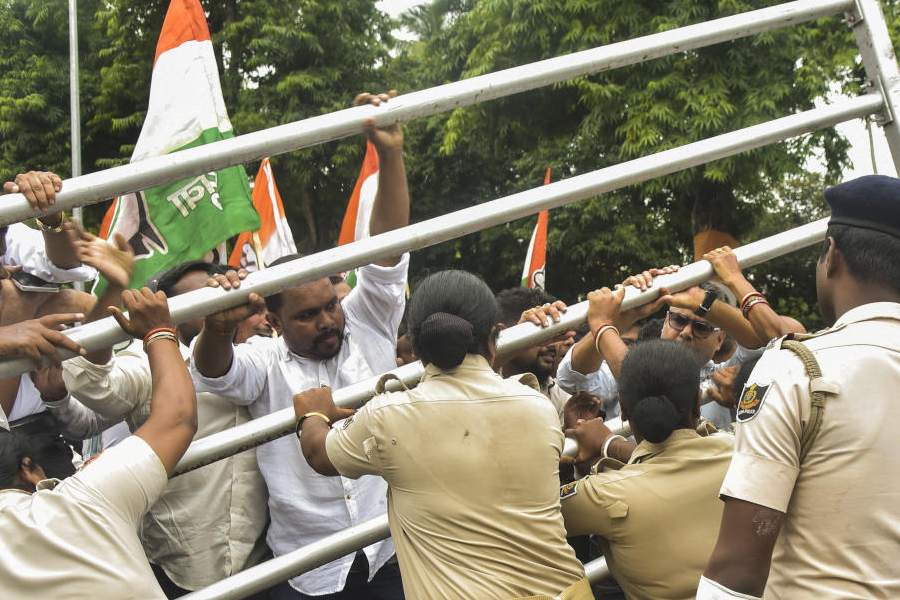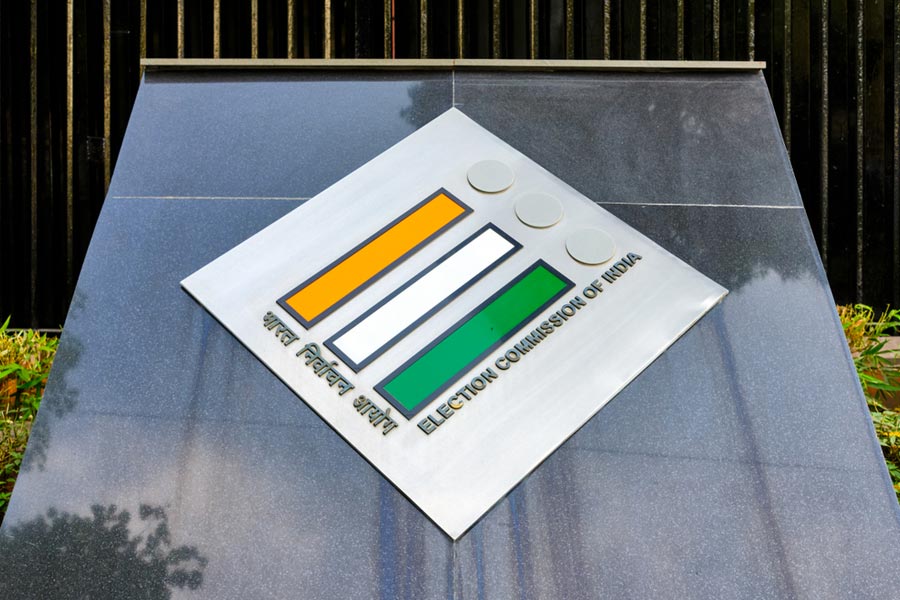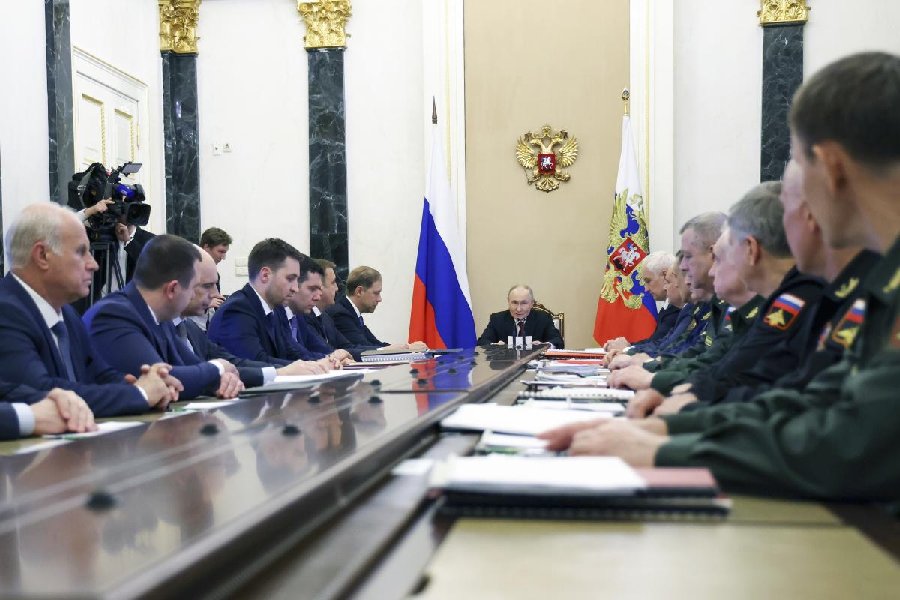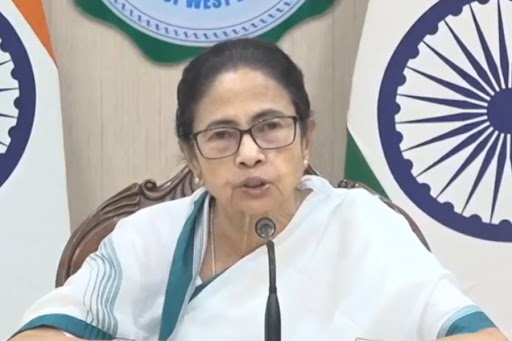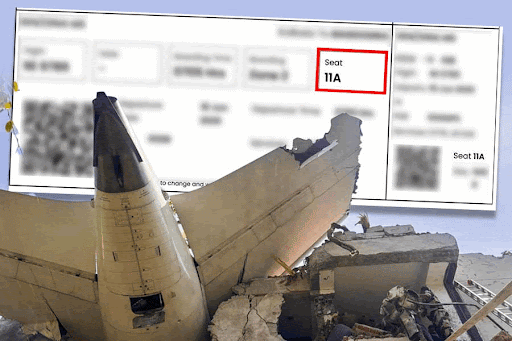
Sambalpur, May 4: Several areas of the city are facing acute water scarcity following the rapid increase in temperature. Though officials of the public health engineering organisation claim that sufficient water is being supplied, residents in many parts of the city are complaining about the erratic and inadequate supply.
The areas that are experiencing water scarcity are Bhatra, Durgapali, Kanijuri, Talbhatapara, Putibandh, Charbhati, Sakhipra, Kuluthkai, Chandan Nagar, Bhimabhoi Nagar and Sakhipara.
"Our area is facing severe water shortage and this is not a new problem here. We face a similar situation every year. Though our houses have been connected with water supply pipelines, we do not get adequate water during the summer months," said Ajaya Behera, a resident of Sakhipara.
"Even though our dwelling units are connected with water supply pipelines, we have to depend on tankers because of inadequate and erratic supply. One can see hundreds of people queuing up to collect water from the tankers because of the erratic and inadequate supply," said Deepak Jha, another local resident.
The sub-divisional officer of the public health engineering organisation, Jadab Chandra Dehury, however, said: "The demand for water consumption increases during the summer months. We supply more water than the demand. While the city requires 28 million litres of water per day (MLD), we supply around 45 MLD of water every day. But still many areas are not getting adequate water due to the rampant use of electric motors to draw water from the pipelines."
"Though everybody is aware that using motor affects the supply of water, many people pump water at the time of supply. The use of electric motors at the time of water supply causes reduction in the pressure of the distribution pipelines, due to which several areas, which are located in the outskirts do not get adequate water," said Dehury.
"If the local residents stop using motor at the time of supply, the problem of water shortage would be easily mitigated," Dehury said.
He said strengthening of the pipeline distribution network is also essential to resolve the acute water shortage.
"To manage the situation, we have engaged 18 tankers to supply water to the affected areas, which are yet to be covered with supply pipelines. Each tanker is making four trips a day," Dehury said.





